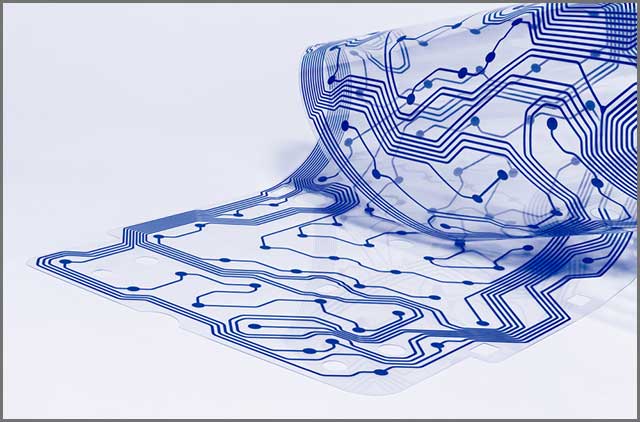“Flexible Rigid PCB - How to Make its Assembly Look Simpler And More Reliable.”
Do you want to try flex-rigid PCB, but you are afraid of the potential performance issues and problems during the assembly process?
As long as you ensure the design and manufacturing process go smoothly, you will receive a reliable and high-performing printed circuit board.
Check out essential tips and considerations that can help you to streamline assembly and improve the reliability of flexible and flex-rigid PCBs!

Among the key subjects on Flexible Rigid PCB include:
1. The Difference Between Flex-Rigid and Flexible PCBs: This section briefly describes the differences between the two and introduces the advantages of flex and flex-rigid boards: Flexibility
High-density layouts
Reduced overall cost
Improved reliability
2. How to Choose the Right Material: This section details some of the necessary materials for flexible PCBs:
Polyimide
PEEK
PTFE
3. Flex-rigid PCBs - How do We Choose Normal Equipment: This section provides a detailed overview of the selection of Normal Equipment that requires the use of modern equipment, the best PCB companies, professional staff, and experience.
4. The Importance of Stack Management: This section mainly describes the related information of Stack Management.
5. Flex-rigid PCBs--Ground Plane Integrity: This section summarises the above information from two aspects: Dynamic flexion and Flex-to-install PCB.

6. Flex-rigid PCBs--Bend Management: This section focuses on some of the tips that can be applied in bend management:
Make sure the bending is not tighter than necessary
You should aim to use thicker materials at bend areas
The articles you choose for bending shouldn't stretch as that can lead to failure of the board
7. Flex-rigid PCBs--Trace Management: The final section of this section outlines how to design your traces. Look at your bends and place them vertically. It is especially important to arrange them in a flexible- rigid PCB because you will reduce the amount of trace stress. If you are using a two-sided design, consider offsetting the traces.
As you can see, improving the reliability of your flex-rigid and flexible boards is not an easy task. Fortunately, it is something that you can do as long as you take care of every step of the process.
Everything starts with the design as that is where you streamline the assembly. If you need any help, do not hesitate to contact professional engineers who can resolve any dilemma you might have!
For details, please click here to learn more about this article!
I am Abby, an editor from WellPCB. The company mainly does PCB and PCBA. I hope to share more things with everyone. Thank you!
Post Your Ad Here
Comments